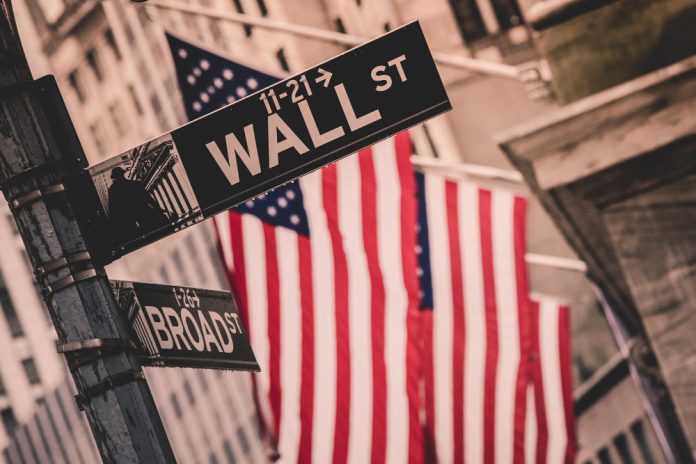Wall Street joined a global stock market rally following the Federal Reserve’s significant cut to interest rates. The S&P 500 rose 1.6% during early trading on Thursday, surpassing its all-time high set in July. At the same time, the Dow Jones Industrial Average jumped 527 points, or 1.3%, putting it on track to break Monday’s record. The Nasdaq composite surged 2.3%, continuing its upward trajectory. This stock market rally was driven by smaller companies and businesses expected to benefit most from the lower interest rates. Markets across Europe and Asia also rallied in response to the news.
Fed’s Rate Cut Sparks Optimism
Thursday’s market movements came on the heels of the Federal Reserve’s half-point rate cut, the first in four years. The cut was intended to support the U.S. economy, which has been grappling with a cooling labor market and fears of a potential recession. Futures for the S&P 500 and Dow Jones Industrial Average both saw significant gains, while the technology-heavy Nasdaq surged over 2% before the opening bell.
This recent rate cut was widely anticipated by investors, which helped explain the immediate rally across global markets. While the rate cut was the first since the U.S. grappled with the onset of the COVID-19 pandemic in March 2020, investors largely saw it as a necessary move to stimulate the economy and stave off further inflationary pressures.
Impact on Global Markets
Beyond the U.S., global markets also experienced a wave of optimism. In Europe, the DAX in Germany added 0.8% by midday, while France’s CAC 40 saw a 1.3% rise. The FTSE 100 in London climbed 0.9%, following the Bank of England’s decision to keep its interest rates steady at 5%.
Asian markets also followed the bullish sentiment, with Japan’s Nikkei 225 index soaring 2.1% as major exporters such as Toyota Motor Corp. (TSE:7203) and Sony Group Corp. (TSE:6758) posted gains. Toyota surged by 5.1%, while Sony rose 2.9%. In Hong Kong, the Hang Seng climbed 2%, while the Shanghai Composite index increased by 0.7%.
Financial Markets Rejoice Despite Challenges
The Federal Reserve’s decision may have helped alleviate concerns over a slowdown in economic growth. By reducing the federal funds rate, the Fed hopes to provide relief to businesses and consumers who have been affected by high borrowing costs. This, in turn, boosted optimism across different sectors, with stocks, bonds, and even commodities like gold rallying as a result.
Key companies also saw gains. For example, Darden Restaurants (NYSE:DRI), which owns popular chains such as Olive Garden and LongHorn Steakhouse, climbed 7.5% in premarket trading. Although the company posted lower-than-expected first-quarter results, investors were encouraged by its positive outlook for the rest of the year.
Meanwhile, trading in Tupperware Brands (NYSE:TUP) remained halted after the company filed for Chapter 11 bankruptcy protection. The once-popular brand’s stock had seen significant declines, trading as low as $0.51 per share, a sharp drop from the $30 it briefly hit during the early days of the pandemic.
Looking Ahead the Stock Market Rally
With the Federal Reserve’s recent actions, market participants are now speculating about what comes next. The Bank of Japan and the Bank of England are holding their own policy meetings, though neither is expected to alter interest rates in the immediate term. However, any forward-looking statements from these central banks could have significant market implications.
As the Fed turns its focus toward stabilizing the labor market, some economists believe that further rate cuts could be in the pipeline, especially if inflation continues to ease. Chairman Jerome Powell emphasized this point, stating, “The time to support the labor market is when it’s strong and not when you begin to see the layoffs.”
Conclusion
The stock market rally seen across global markets this week illustrates the power that monetary policy decisions have on investor sentiment. With the Federal Reserve’s interest rate cut, markets have responded with significant gains, particularly in sectors that stand to benefit the most from lower borrowing costs. As investors look ahead, much will depend on further actions by global central banks and the continued trajectory of inflation and employment data.
Featured Image: Freepik @ wirestock









